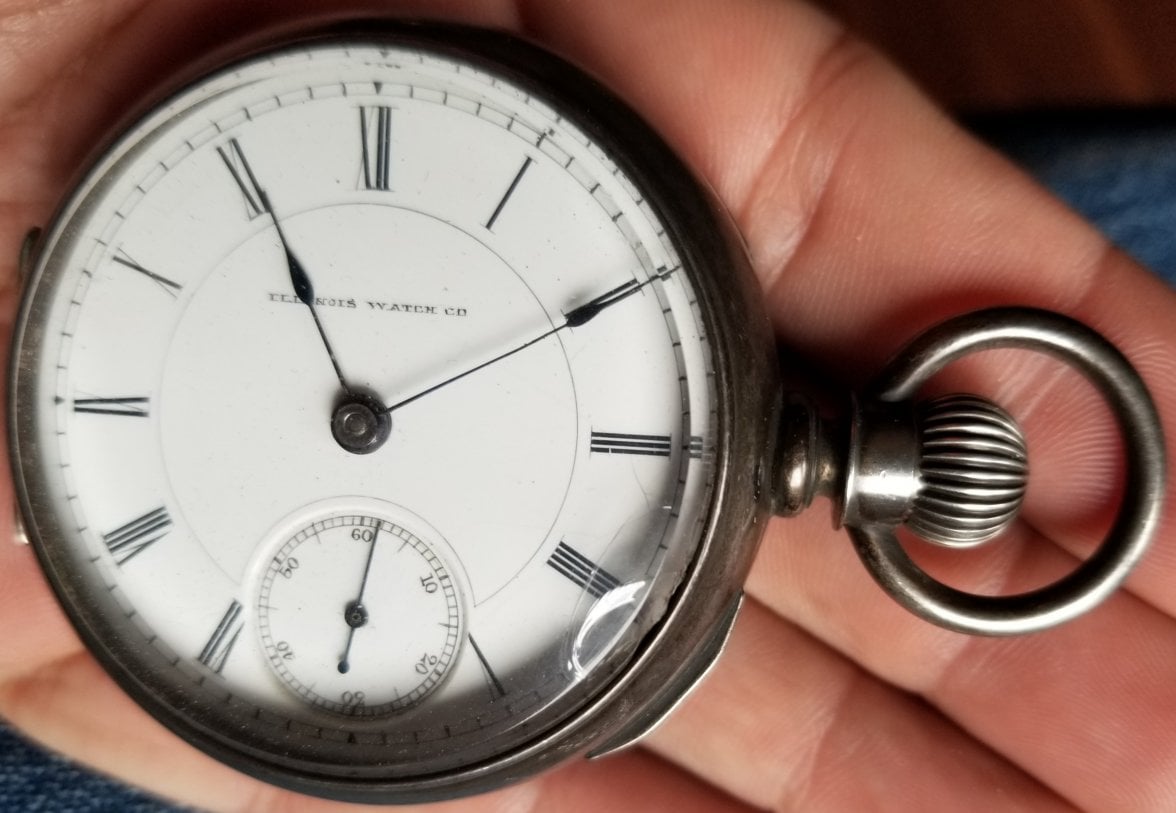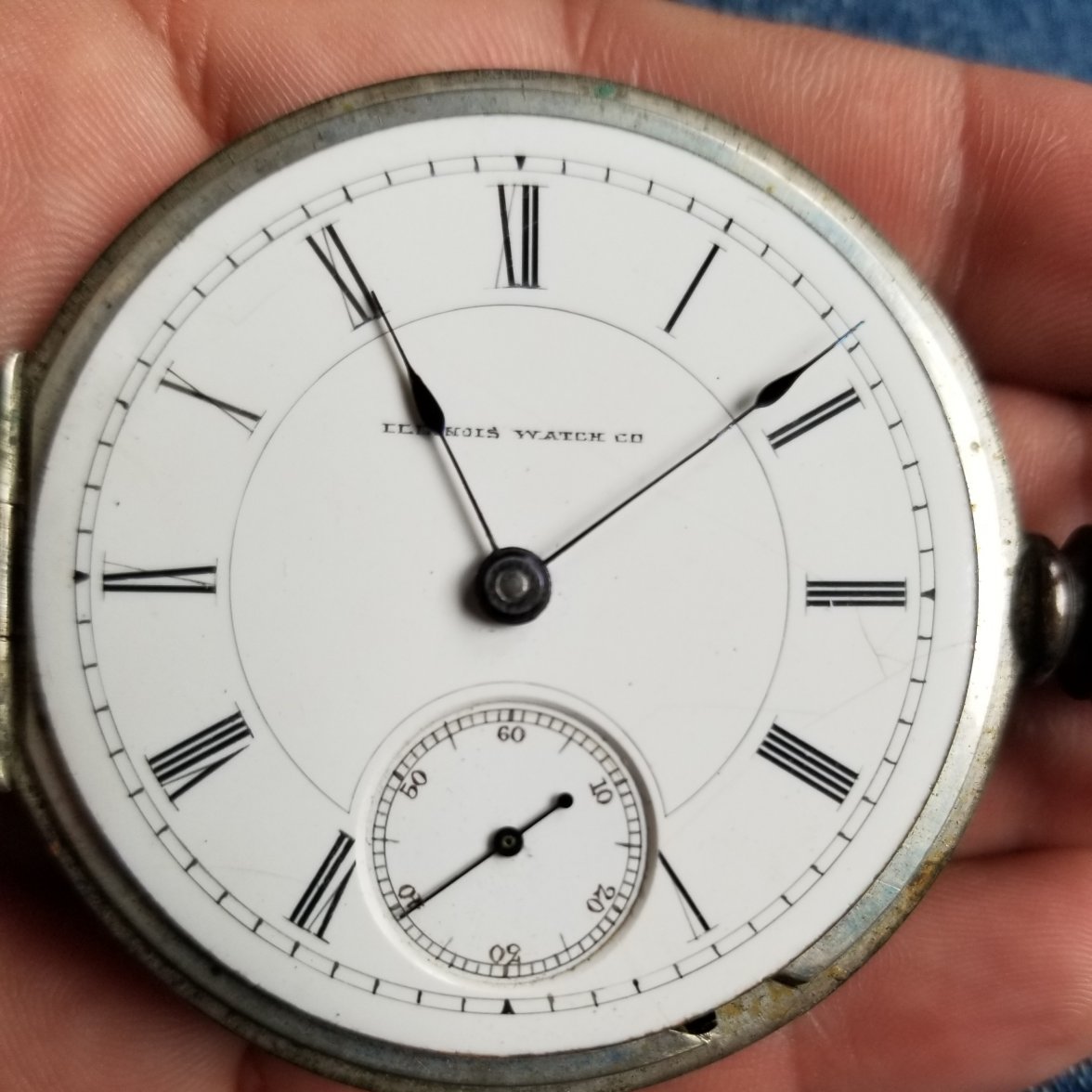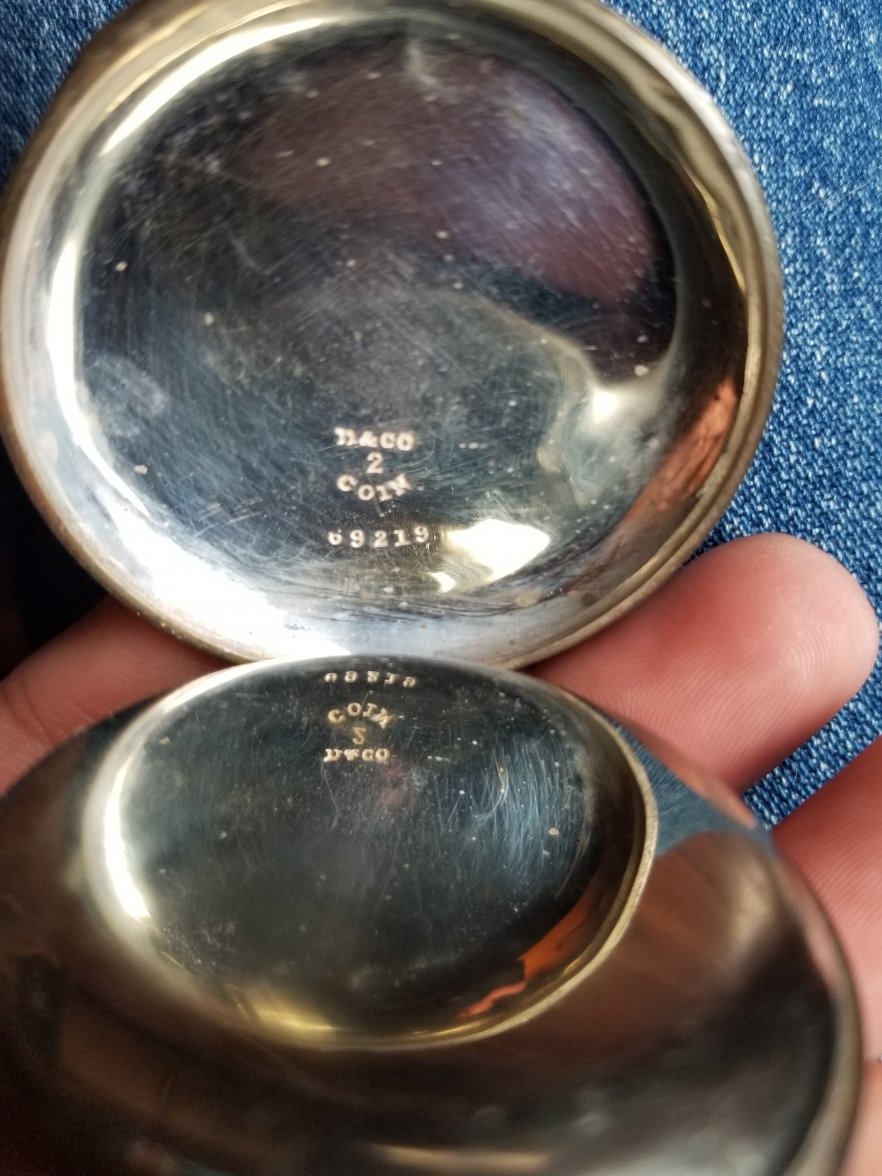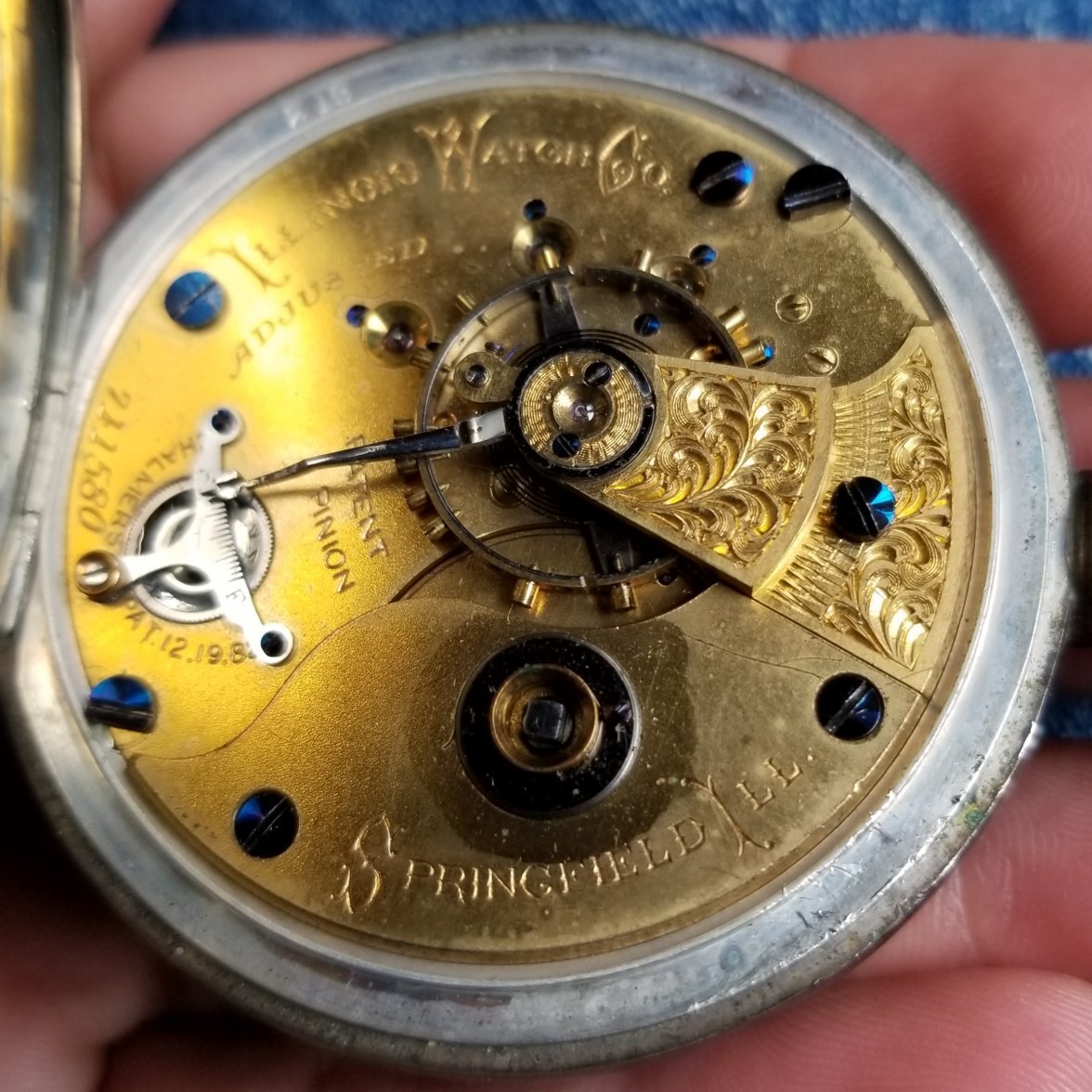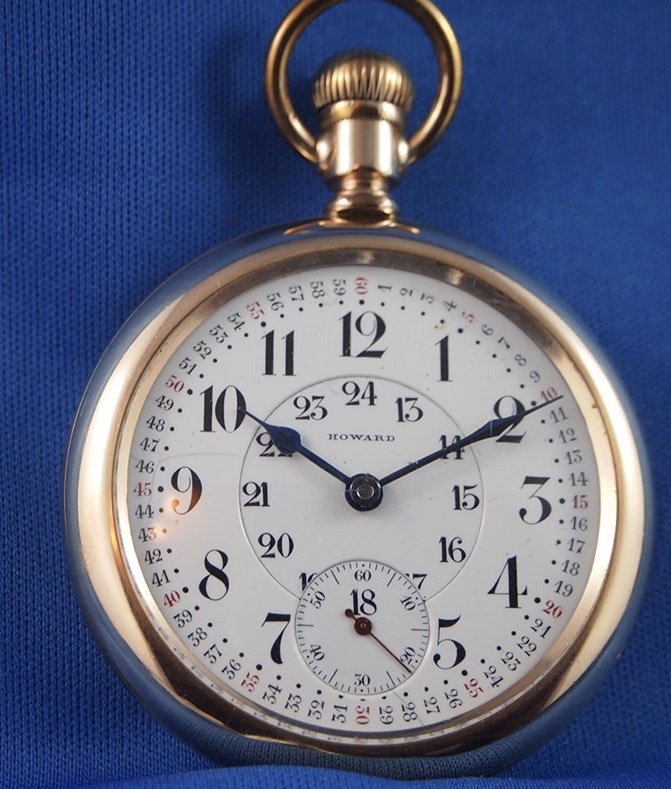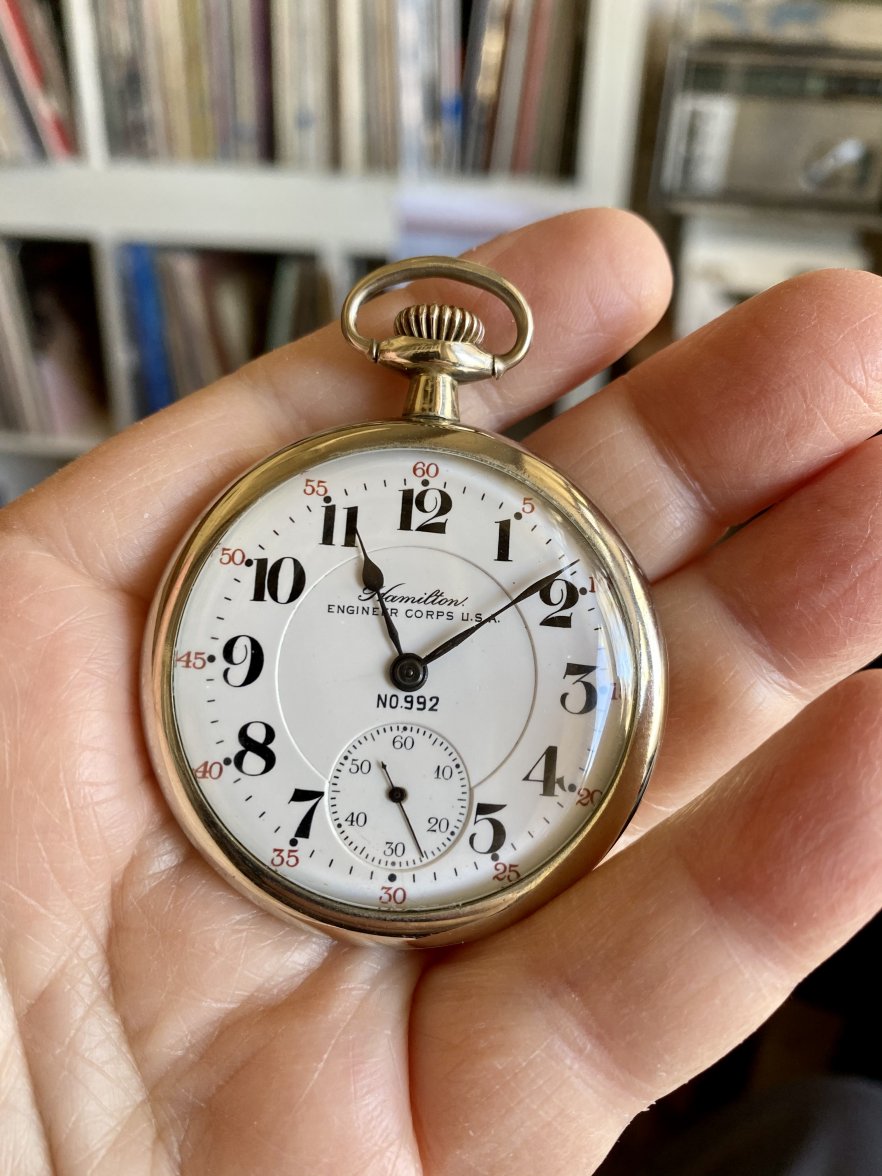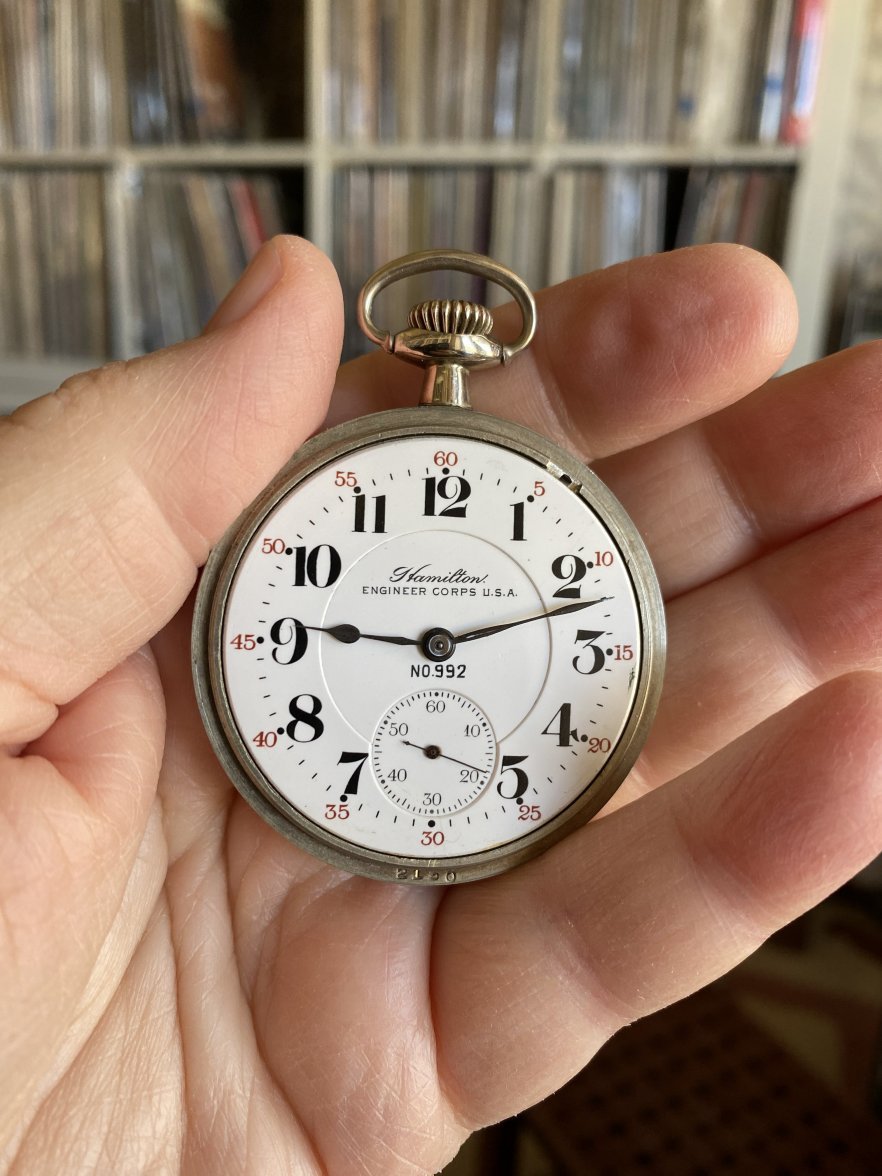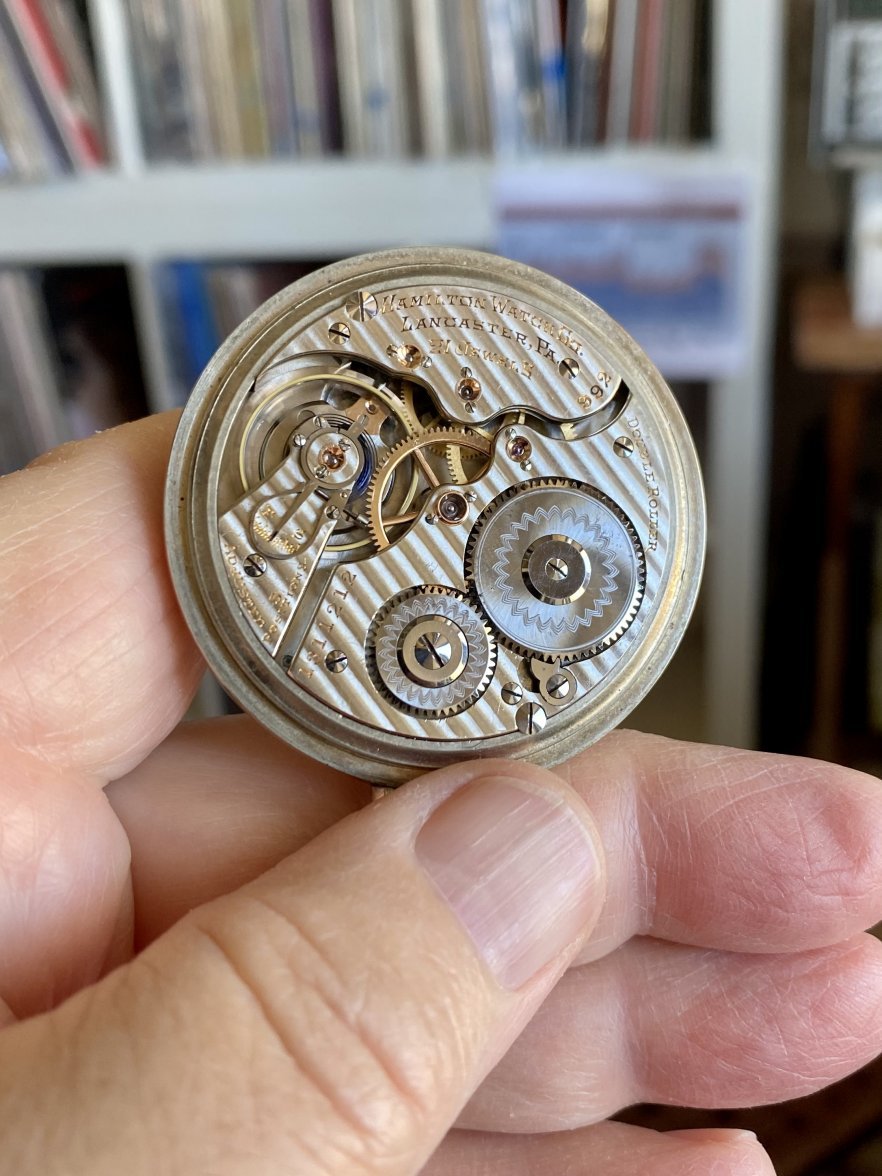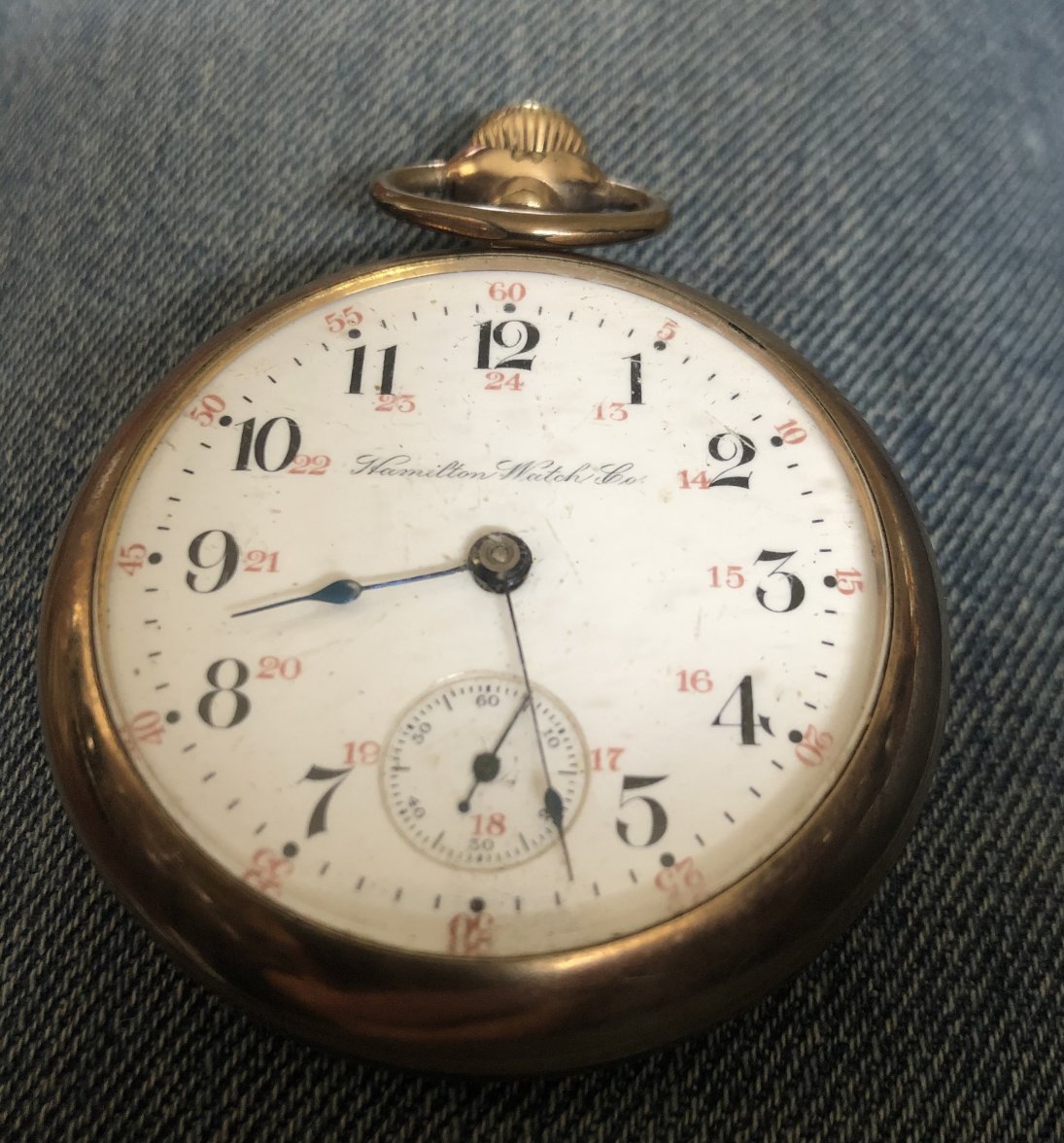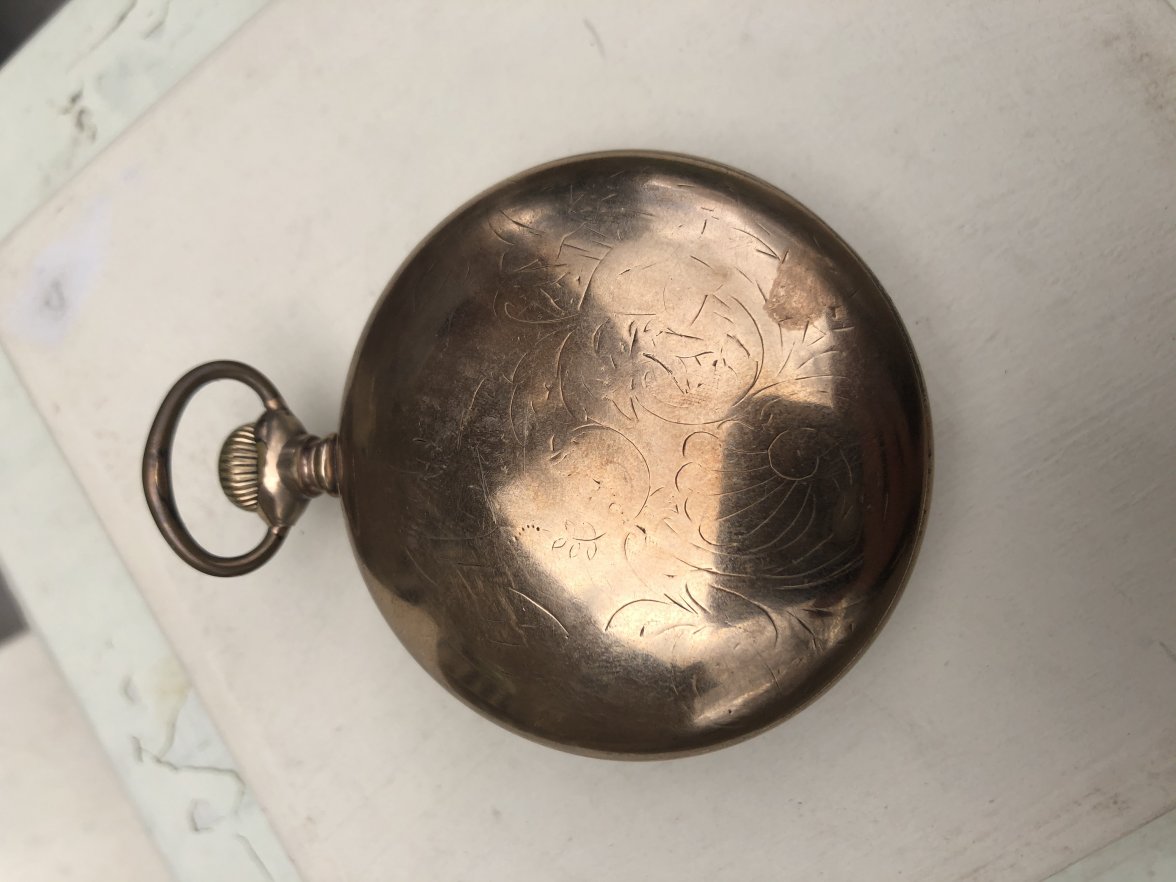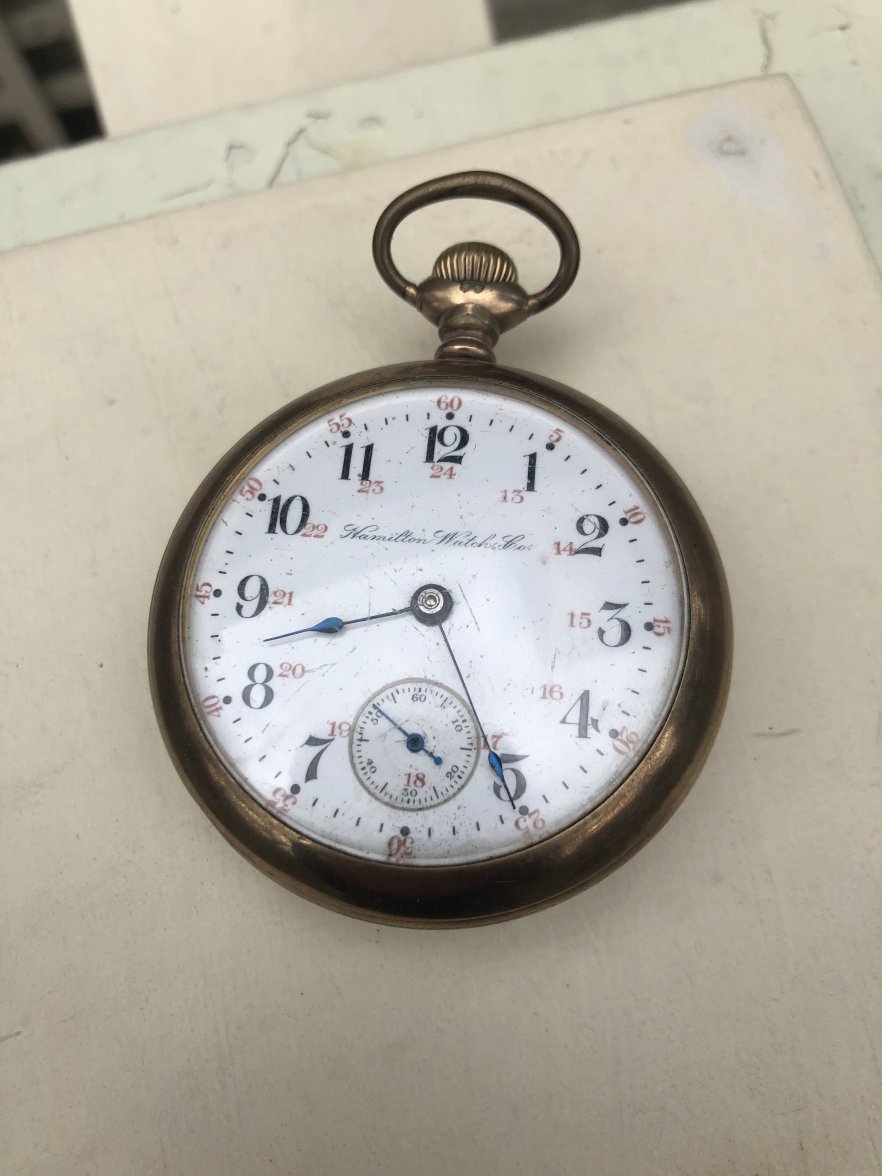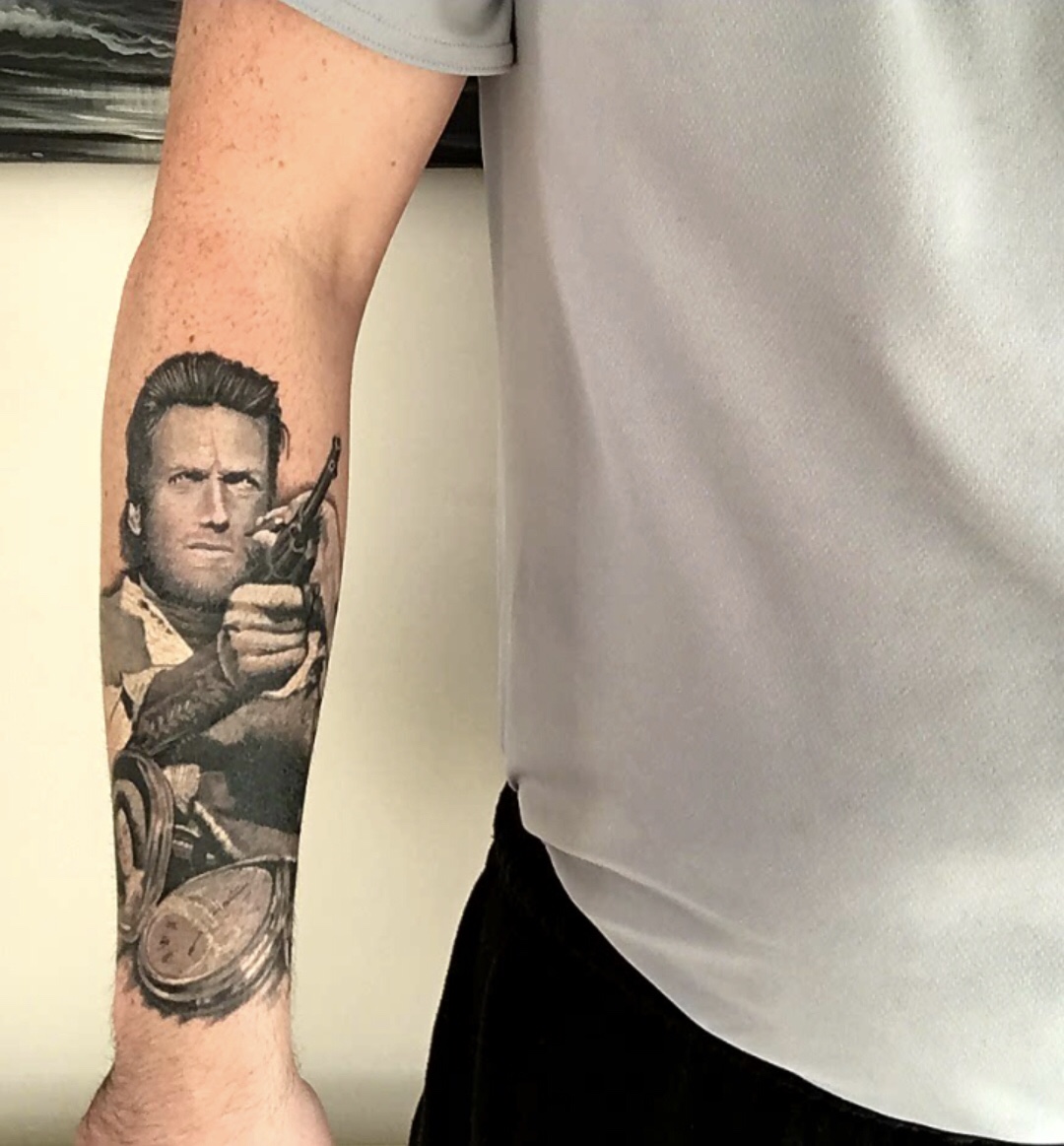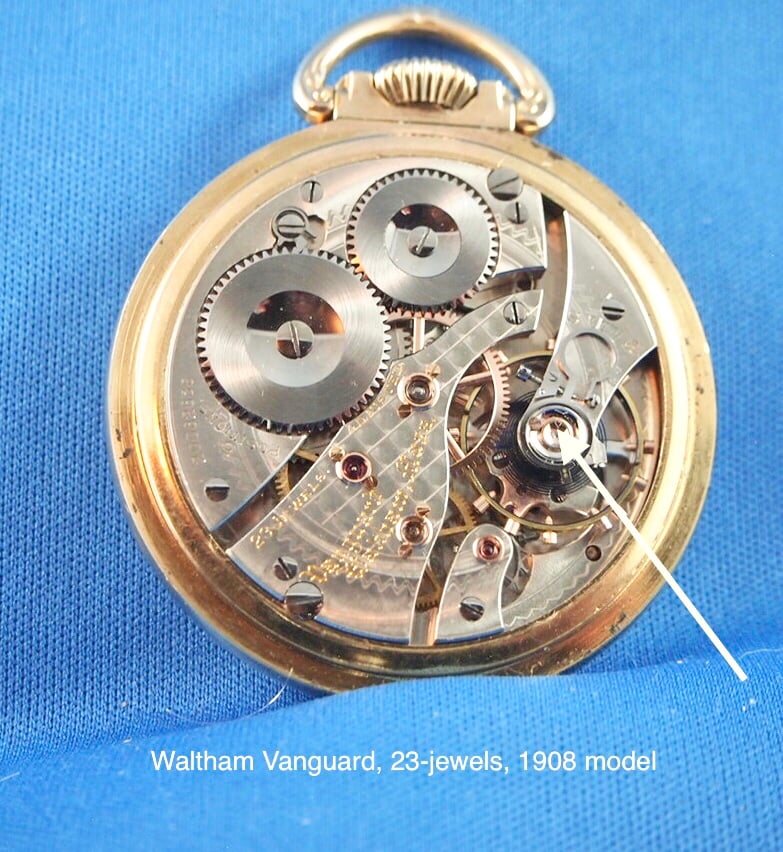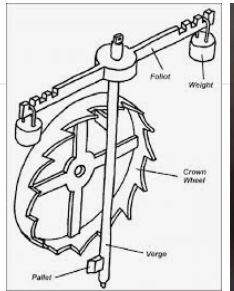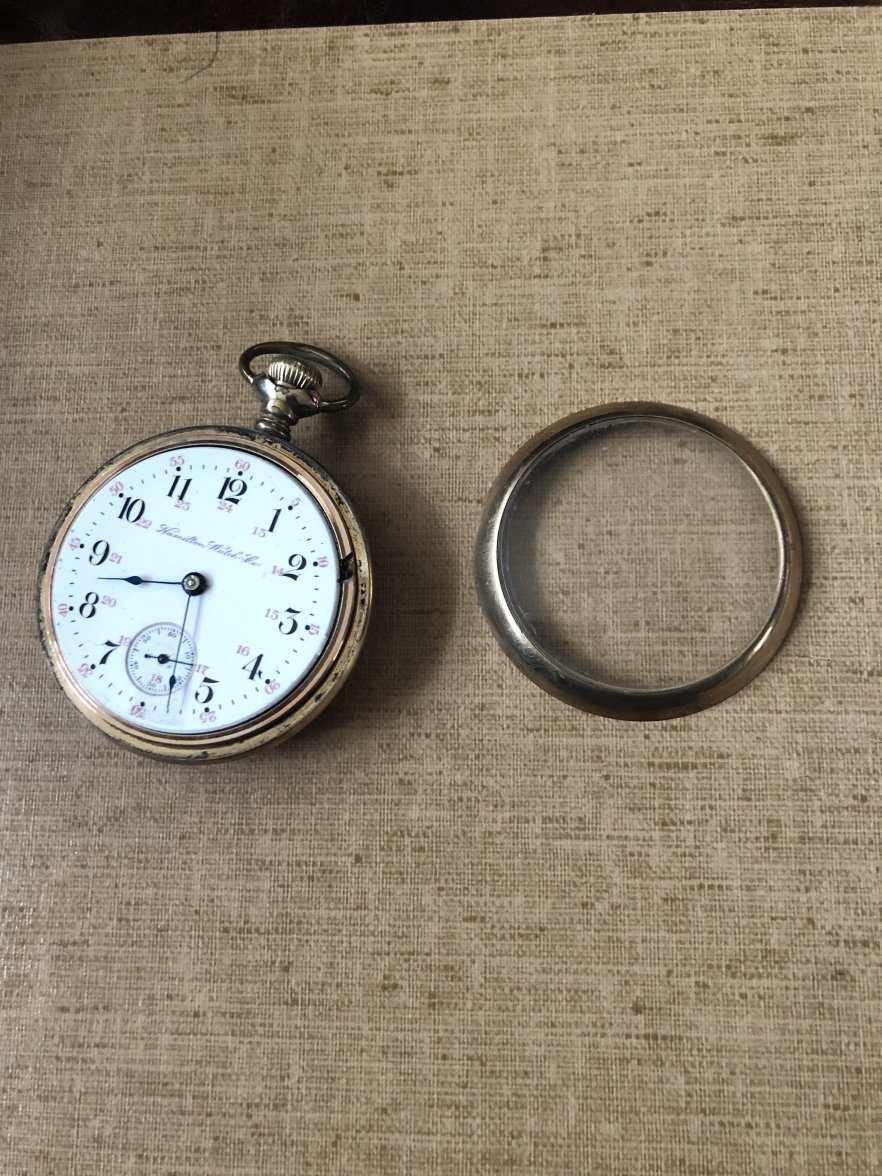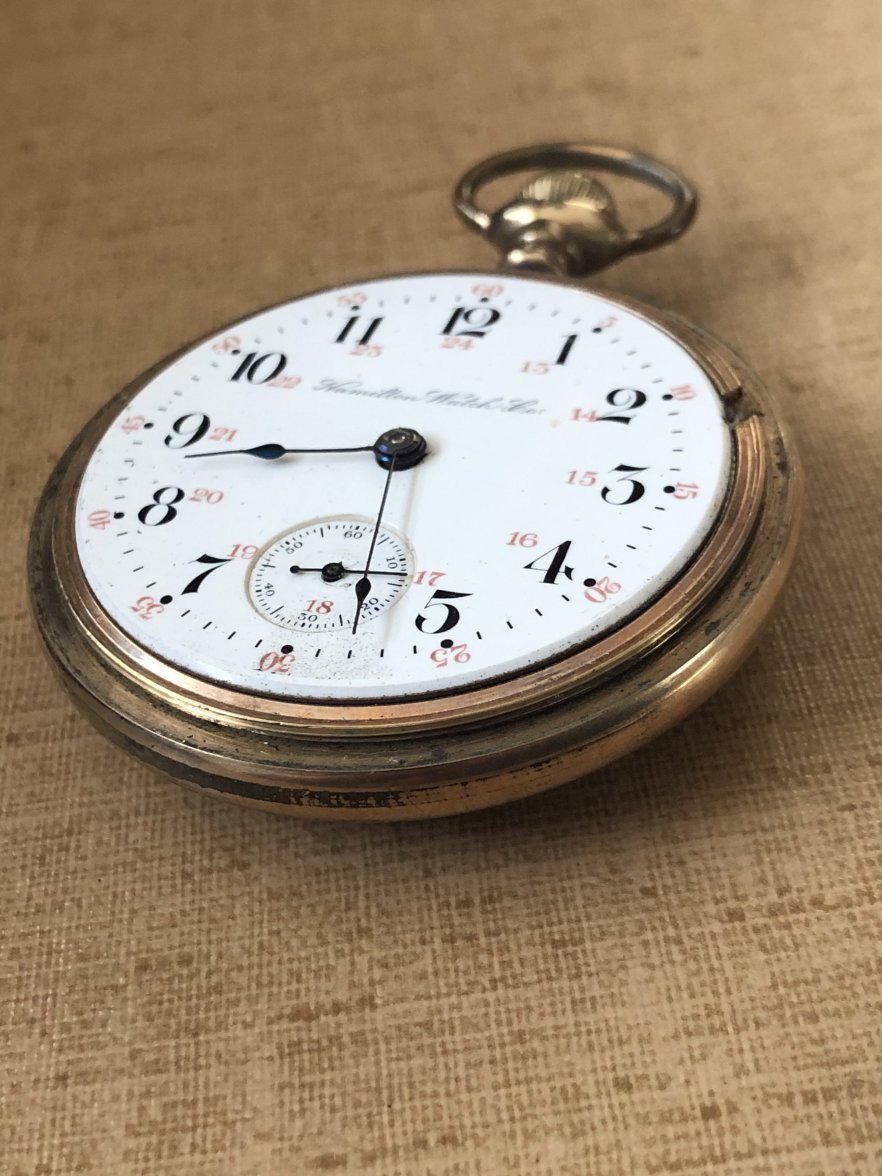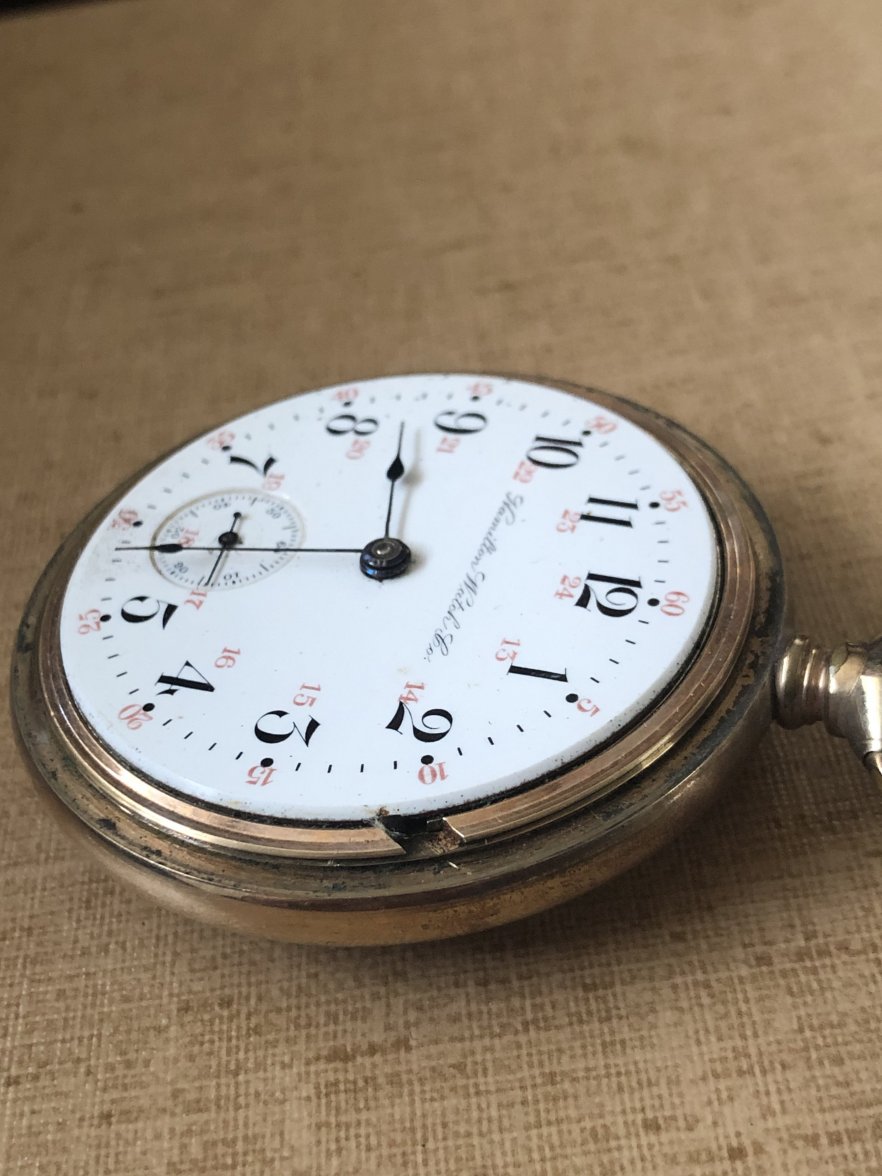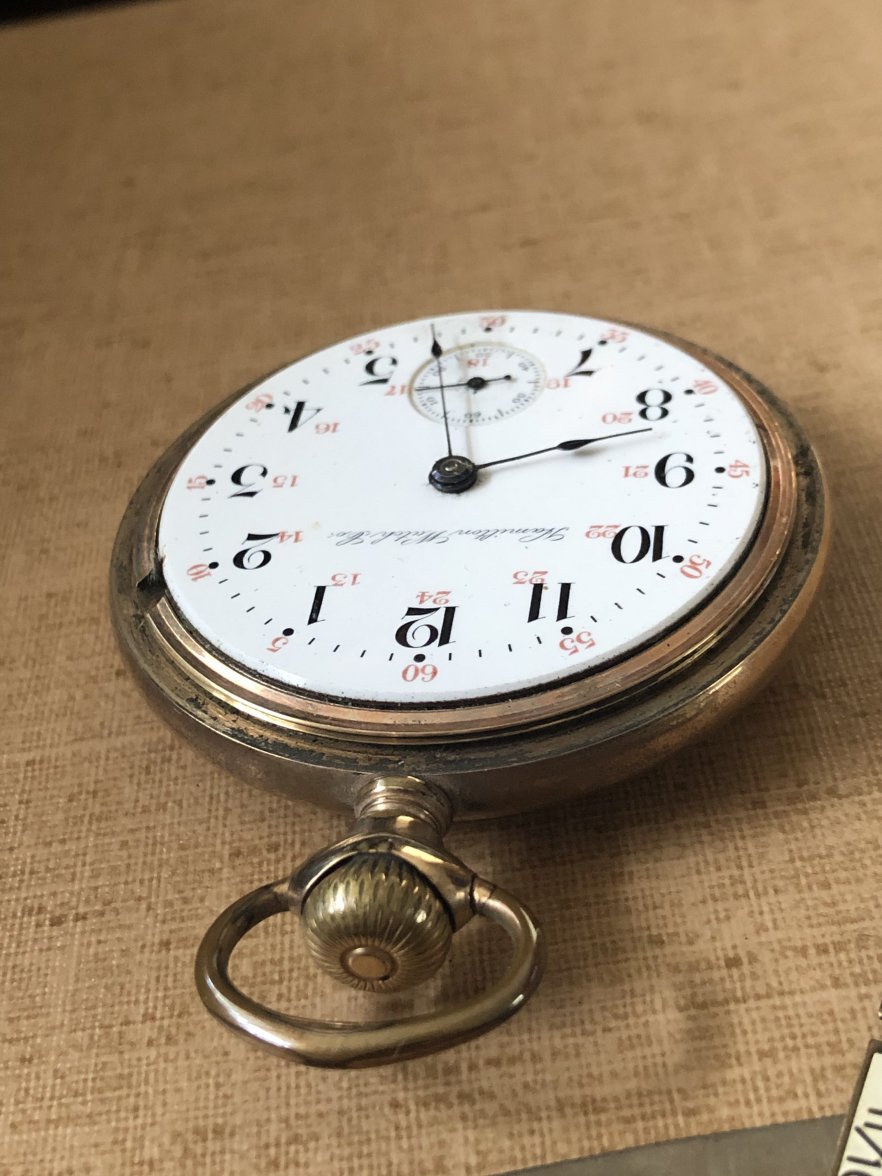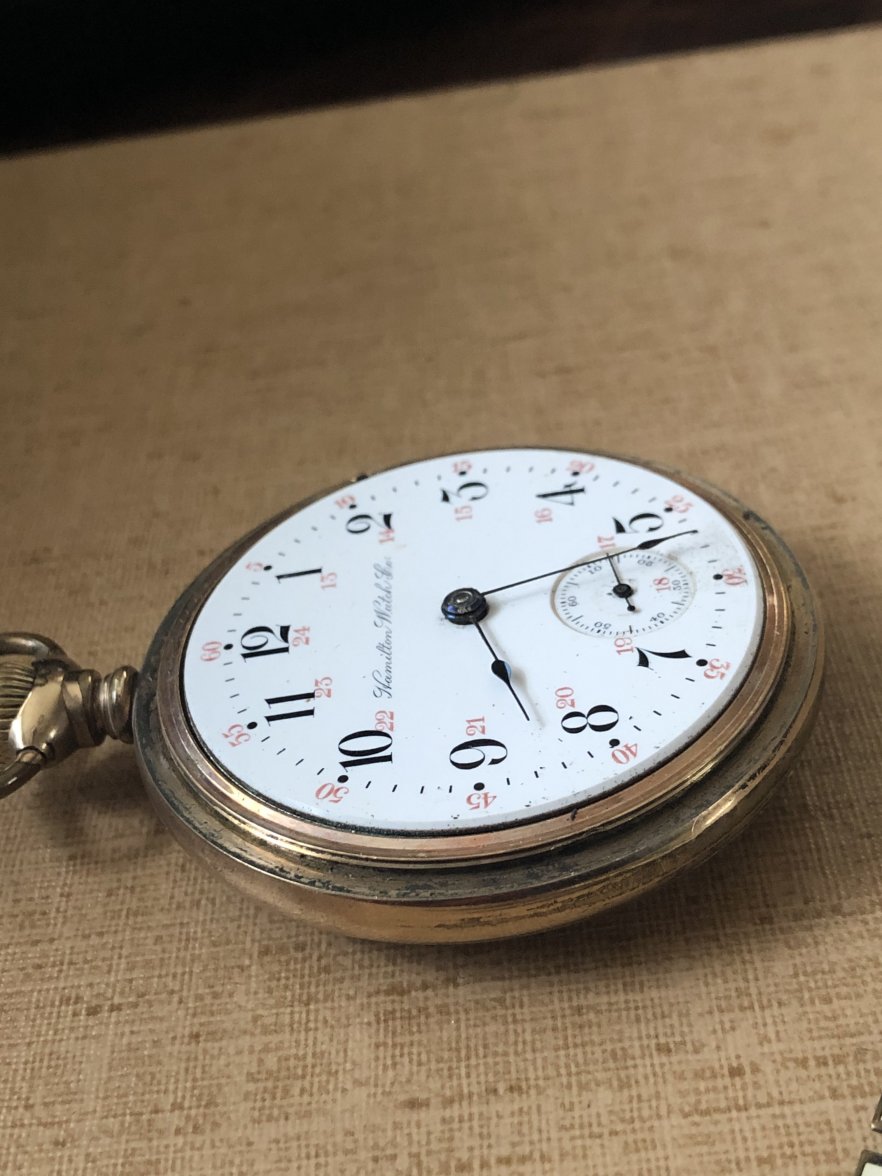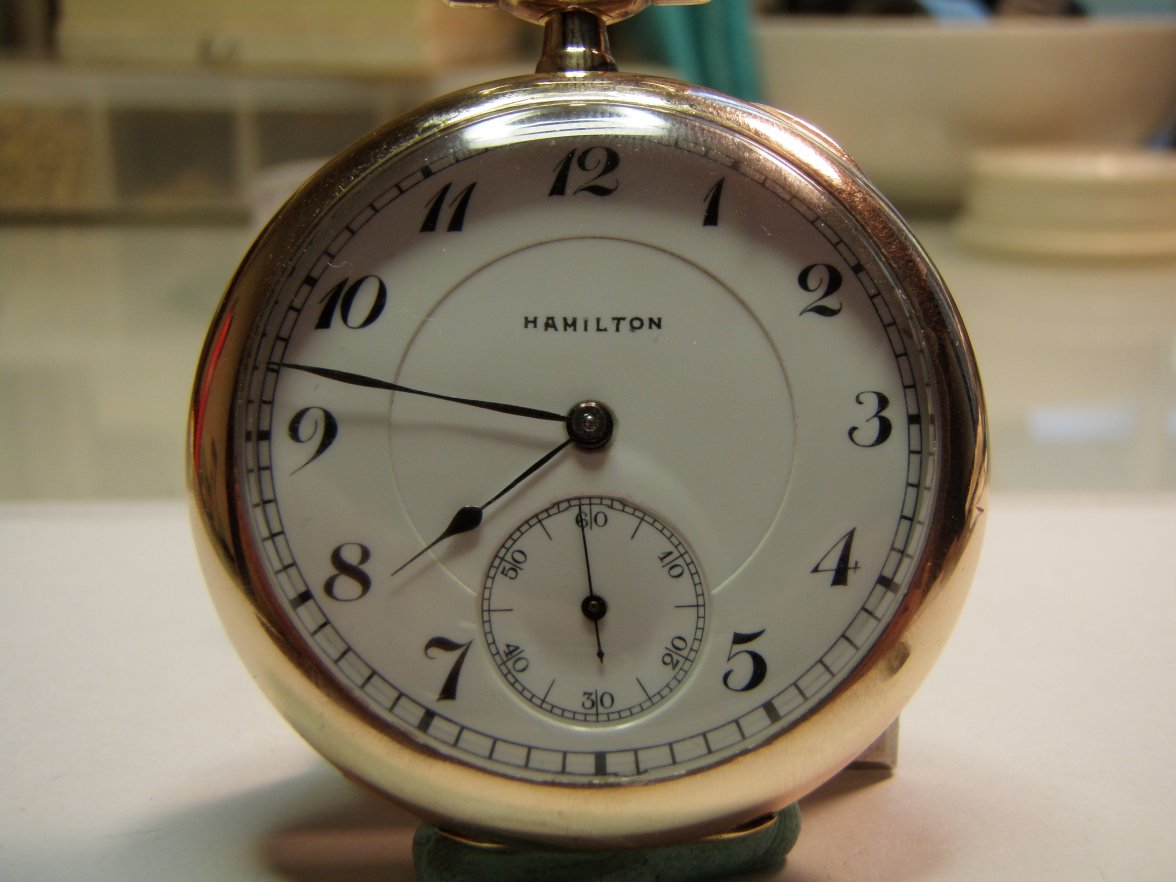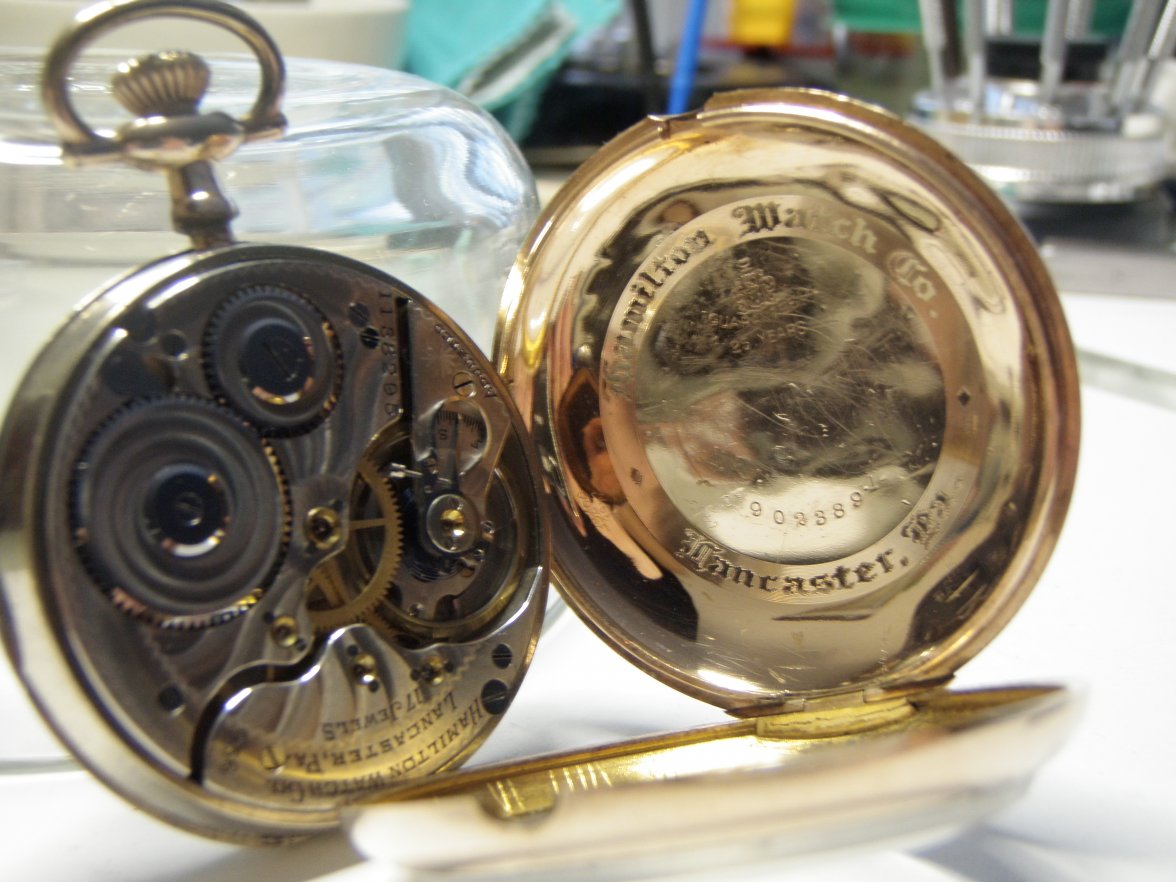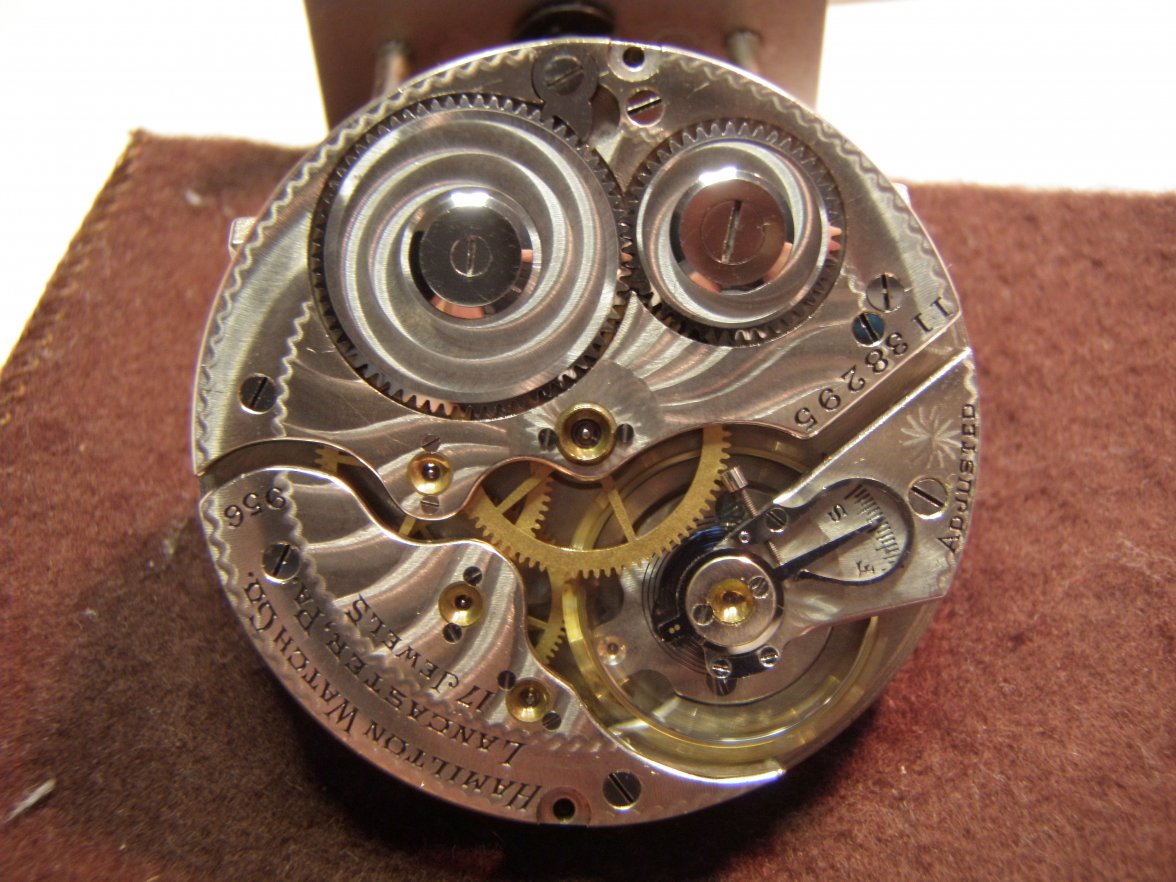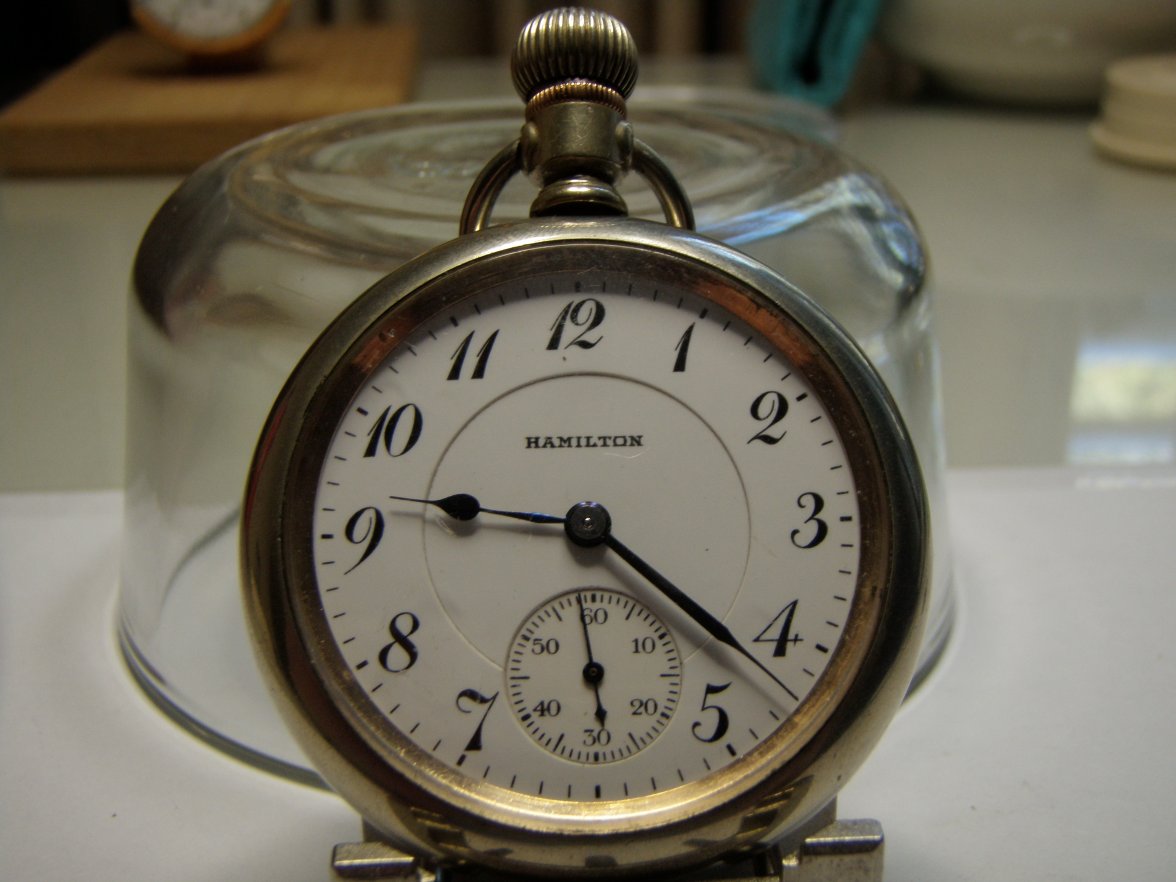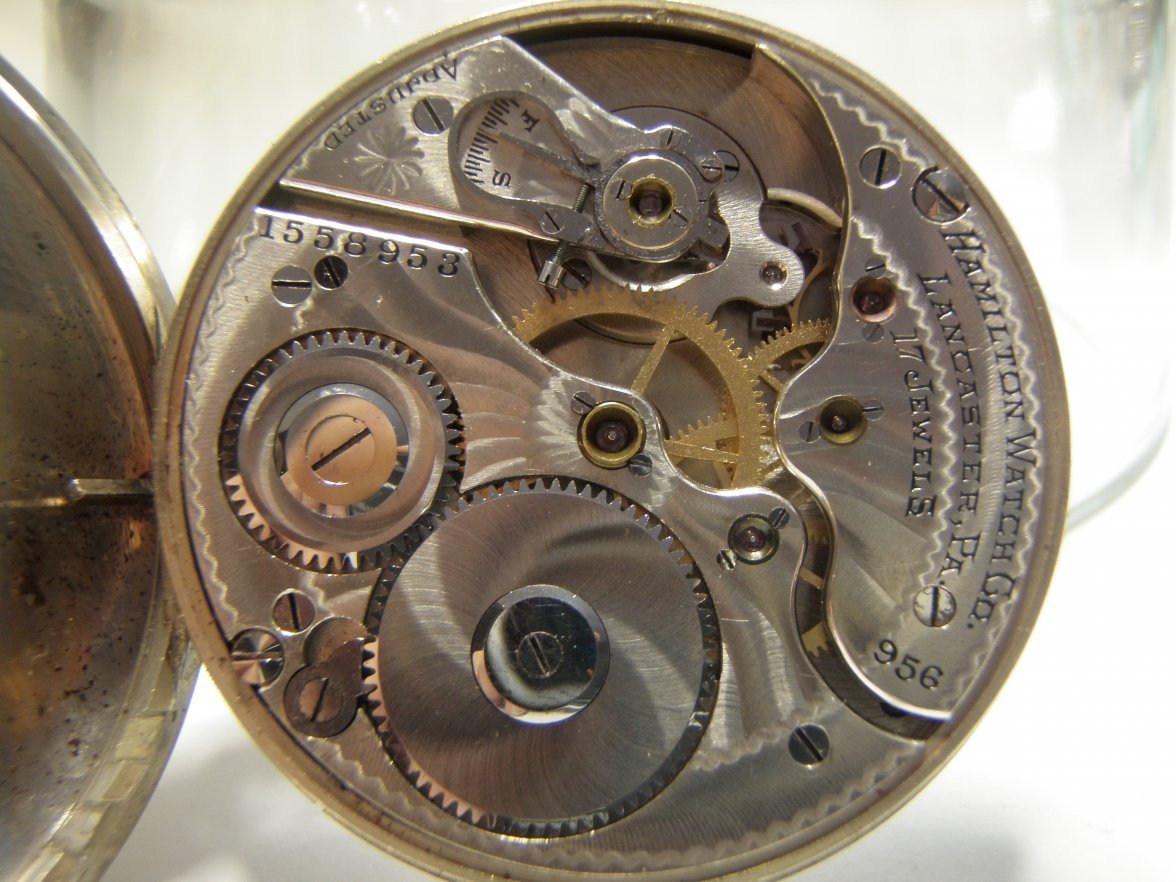Canuck, do you know when stem wound first began replacing key wound watches?
Am loving the history and background provided with these brands.
I'm just trying to determine which railroad grade watch to look for. Am watching them on Ebay.
Stem wound watches existed in Swiss watches, long before the feature appeared in American watches. IIRC, it was either Patek or Philippe that patented a stem wind system. This was before the Patek Philippe partnership. I know that the Marion Watch Co. (United States Watch Co.) produced the first U S made, stem wound watch. That was in 1867, and the model name was “Frederick Atherton”. These watches were transitional in that they could also be wound with a key. Good thing! I have read that the stem wind system on these watches was very unreliable. The other U S watch companies were still putzing around with kw and ks models. Illinois produced its first stem winder in 1875. Elgin’s first stem winder was produced in 1873. Waltham? I believe it was 1877.
In 1876, a fellow named Henry Abbot patented a kit that would make it possible to convert a key winder to a stem winder. This requires extensive alterations to a key wound movement in order to fit this conversion. He sold about 50,000 of these kits. So, it is possible to find watches that were produced before stem winders became common, that have been converted to stem wind.
As to which “railroad” watch to collect? You couldn’t ask a question that has more possible answers! The first North American railroad was the Baltimore and Ohio, in 1829. They would likely have had to use English watches, as there were no manufacturers of “quality” watches, in the U S, that early. Before the advent of a system of “standard time”, based on the zero meridian at Greenwich, England, was set down in about 1883, standards for what was a “railroad watch” were much looser. Who needed an accurate watch when railroads all operated solar time? Things tightened a bit after 1851 when telegraphy was introduced to operating a railroad. A rail system could subscribe to a time source (such as Western Union) whereby their system entirely operated on the same time, broadcast by telegraphy. regardless of solar time. Now, it became more important that crews had accurate time so their system could operate safely. Every system had its own General time inspector, and every system operated to a standard set down by their inspector. Some crews used a cheap alarm clock hung on a coat hook!
After 1892, with the advent of time standards (and standards for watches) became more clearly defined. Webb C Ball (Acheson, Topeka, & Santa Fe Railroad?) was in control of 125,000 miles of railroads. He was tasked to lay down standards for railroad watches, and to institute an inspection system, that would inspect and maintain these “standard” watches according to his systems. After that, there was greater uniformity in what was a “standard” watch. So, you can see that the question of what to collect, isn’t easy to answer. Even after Ball, things changed, greatly! Advances in metallurgy eliminated temperature variation and magnetized watches. Then, circa 1962! The introduction of the first railroad standard wrist watches!
Learn about the evolution of railroads, and decide which era interests you. Watches have been used in the operation of railroads for almost 200 years. And watches have evolved along with the railroads, and the systems used to run them. A good place to start a collection might be a Hamilton 992B, an Elgin grade 571 B W Raymond, a Waltham Vanguard 1623 (1945 model), an Illinois Bunn Special, there’s lots of choice in modern “standard” watches that are new enough to still be repairable. And can be had without breaking the bank! Then, after you have bit the bullet, expand from there.
Oh! And aren’t pocket watches a whole lot more interesting than wrist watches? I know the wrist watch guys won’t agree. Some of them won’t admit that pocket watches are actually watches!
